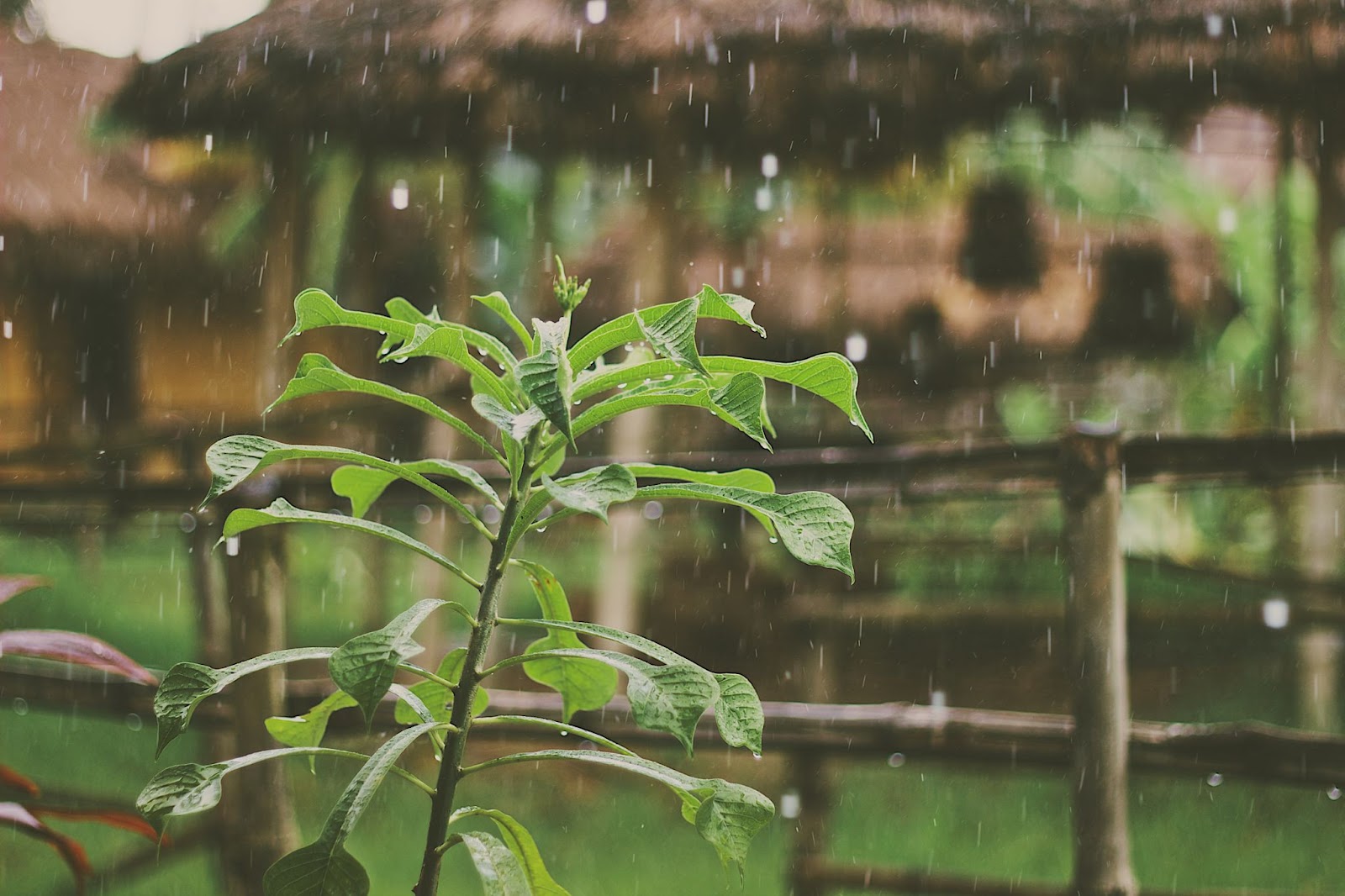If you own a family house or a cottage, you have a source of high-quality drinking water directly on your roof. All you have to do is collect it in the tank and filter it appropriately. A simple system for collecting, treating and storing rainwater can save you a lot of money, solve the problem of your dry garden, and in addition, you will contribute to the protection of drinking water sources.
Rainwater recycling has three advantages:
And what is recycled water used for? It is, of course, ideal for watering the garden, but after appropriate treatment and filtration, you can also use it in your home as utility water. You can use it to flush the toilet, wash clothes, use it for cleaning and even for personal hygiene after more thorough treatment.
There are several levels and methods of rainwater filtration. The choice of filters should depend mainly on the location of the tank, its purpose and also on whether you will be supplying this water to your home.

Rainwater can be widely used not only in your garden.
The first stage of filtration, capturing larger pieces of dirt from your roof before it enters the tank, is always necessary. Further treatment of water depends on whether the rainwater tank is underground or above ground - that is, whether the water is pumped with a pump or not.
A filter basket is placed on the gutter downspout, which captures the largest impurities, especially leaves, insects, bird droppings and other. These impurities would rot in the tank and degrade your water. Filter baskets have a container in which these impurities are collected and needs to be cleaned regularly.
When collecting rainwater, it is advisable to install a leaf catcher on the gutters themselves, a mesh that prevents leaves from entering the gutter at all. If you use the water only for watering the garden and do not pump it from the tank with a pump, this method of filtration is often enough.
However, water from the underground rainwater tank must be pumped with a pump. In order to prevent the rainwater pump from being damaged by smaller particles that cannot be caught by the filter basket, it must be fitted with a filter for fine mechanical particles.
If you wish to use rainwater in your home as well, it is necessary to choose a more efficient method of separating larger mechanical impurities, a filter basket is not enough in this case. In underground rainwater tanks, a filter shaft is most often used, which drains impurities into the sewer. The advantage is that you do not have to remove the trapped dirt in any way.
To pump water, in addition to the submersible pump in the tank, a complex device for rainwater usage is used, its placement is in the house. This brings water from the tank and further distributes it to the pipes in your house. At this stage, this water should also be treated with multi-stage filtration. But be careful, this water is still utility water even after treatment, which is why you must always have separate distribution lines for drinking water and recycled rainwater.
Rainwater contains chemical pollutants from the surrounding environment, mechanical particles and biological impurities. The method of rainwater filtration must be chosen with regard to the intended use of water in your household.
A mechanical dirt filter with a fine mesh is sufficient for watering and toilet flushing with rainwater. These small particles could damage the pump, distribution systems and sanitary equipment.
Chemical and biological pollution is removed by an activated carbon water filter. Thanks to its porous structure and exceptional properties, activated carbon has the ability to capture a really wide range of substances, but it is not 100% effective against all types of pollutants.
Rainwater filtered through a combined mechanical and carbon filter is suitable not only for watering and flushing toilets, but also for cleaning and washing. If you choose a carbon filter even when flushing the toilet, you don't have to worry about unsightly coatings on the toilet, which are caused by microorganisms.
.png)
Honeywell rainwater filter with pre-filter, mechanical filter and carbon filter.
If you want to use rainwater for personal hygiene as well, it is advisable to first do water analysis, based on the results, choose more thorough filtration, possibly also disinfection. Even in small amounts, some harmful substances and microorganisms can irritate the skin and mucous membranes and cause health problems.
Rainwater treated with a mechanical and carbon filter is not consumable under any circumstances. Therefore, it cannot be used for direct consumption or cooking. Although there are methods of treating rainwater for drinking, these are very expensive systems, the cost of which is not financially recoverable.
However, we only use 2 percent of water for drinking and cooking. For other purposes, you can use alternative sources of water and save not only money, but also protect the environment.